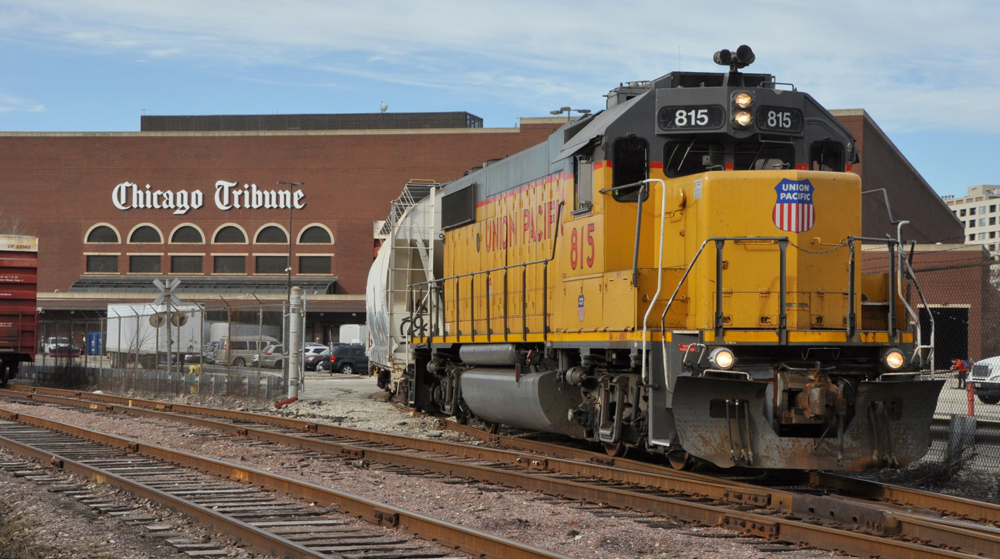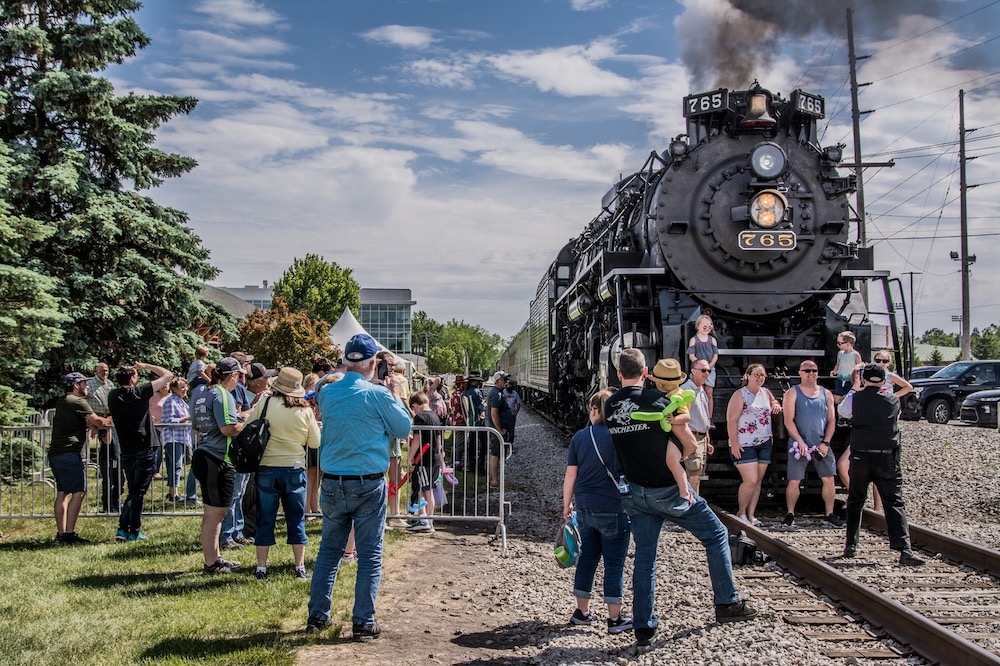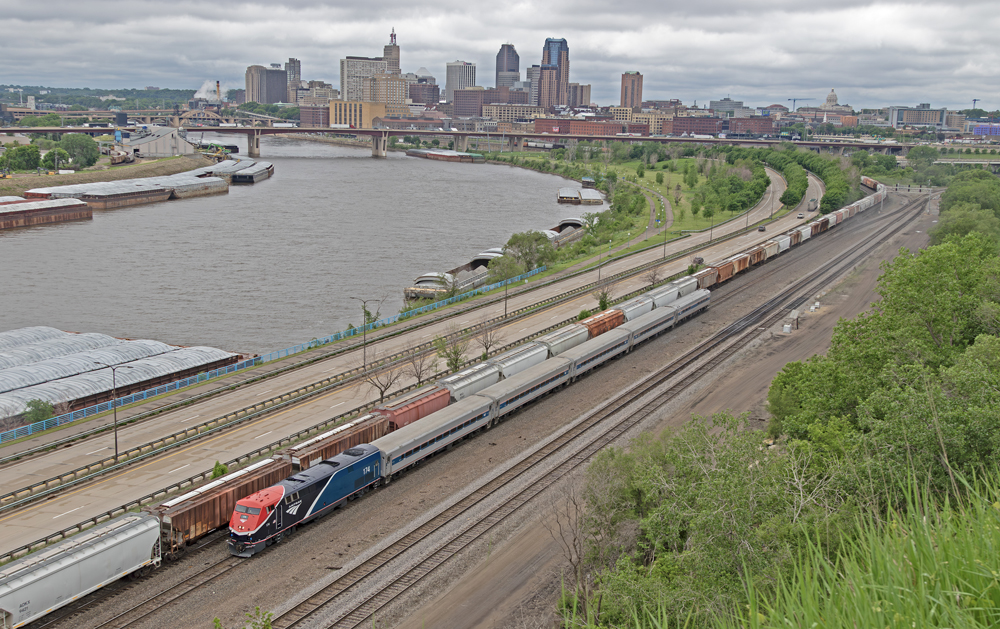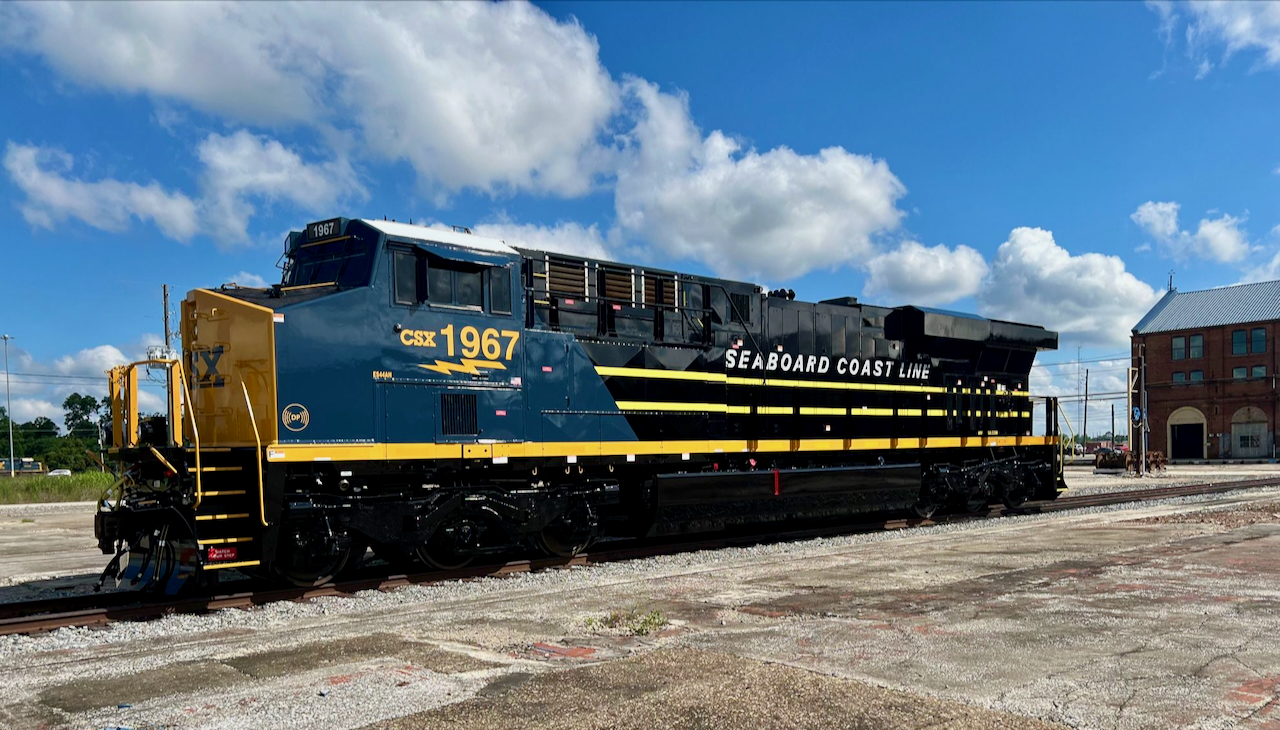
WASHINGTON — Shippers who are served by just one Class I railroad and receive substandard service will be able to seek access to a second railroad under a final reciprocal switching rule that federal regulators released today.
The Surface Transportation Board’s final rule — the first to set minimum standards for rail service — tightened the on-time performance, transit time, and local service consistency thresholds that were outlined in the proposed rule that was introduced in September.
The final rule also lengthens the time period a reciprocal switching order would remain in force, to three to five years from the two to four years originally proposed.
But the “reciprocal switching for inadequate service” rule does not apply to traffic that moves under contract, or is among the commodities that are not currently subject to board regulation. The vast majority of carload and bulk freight moves under contract, and railroads had argued that neither contract traffic or exempt commodities should be covered under the rule.
Shippers whose freight moves under contract or is exempt from board regulation can still apply for a reciprocal switch, but they must wait until a contract expires or until the board approves a request to temporarily waive a commodity exemption.
Some industry observers have said the rule will have a limited impact because adding an interchange close to the origin or destination would add a minimum of 24 hours transit time. Plus, the railroad having service problems would still be responsible for picking up and setting out cars at the customer location.
STB Chairman Martin J. Oberman, who leaves office on May 10, noted that prior reciprocal switching order regulations were so unworkable and burdensome that no shipper has sought an order since 1989.
“Today, by unanimous vote, the Board took a crucial step to lifting these decades-old barriers to reciprocal switching for captive shippers. The rule adopted today has broken new ground in the effort to provide competitive options in an extraordinarily consolidated rail industry,” Oberman said in a statement. “Given the repeated episodes of severe service deterioration in recent years, and the continuing impediments to robust and consistent rail service despite the recent improvements accomplished by Class I carriers, the Board has chosen to focus on making reciprocal switching available to shippers who have suffered service problems over an extended period of time.”
A Class I railroad would be open to a reciprocal switching complaint if its service falls below certain standards. They include:
Service Reliability: The measure of a Class I rail carrier’s success in delivering a shipment by the original estimated time of arrival that the rail carrier provided to the shipper. The original ETA would be compared to when the car was delivered to the designated destination and would be based on all shipments over a given lane over 12 consecutive weeks. Railroads would have to meet this threshold at least 70% of the time.
Service Consistency: The measure of a rail carrier’s success in maintaining, over time, the carrier’s efficiency in moving a shipment through the rail system. The service consistency standard is based on the transit time for a shipment, measured from the time between a shipper’s tender of the bill of lading and the rail carrier’s actual or constructive placement of the shipment at the agreed-upon destination. The rule says that for loaded cars, unit trains, and empties, a petitioner would be eligible for relief if the average transit time for a shipment increased by 20% compared to the average transit time for the same 12-week period during the previous year.
Inadequate Local Service: The measure of a rail carrier’s success in performing local deliveries and pick-ups of loaded railcars and unloaded private or shipper-leased railcars within the applicable service window, often referred to as industry spot and pull. A railroad would fail the standard if the carrier had a spot and pull success rate of less than 85%, over a period of 12 consecutive weeks, in performing local deliveries and pick-ups within the applicable service window. The spot and pull success rate would measure whether the carrier provides the service within its customary operating window for the affected shipper, which in no case can exceed 12 hours.
More Service Data
So that rail customers will be able to readily monitor and measure their rail service, the rule requires all Class I carriers to provide their customers with the historical data for these service metrics upon a customer’s request. The proposed rule also provides wiggle room for railroads if service failures result from issues beyond the railroad’s control, such as natural disasters or actions of third parties.
The rule also requires that all three service metrics be standardized across all Class I carriers for the first time.














Sounds like many of Precision Scheduled Railroading key tenets regarding swtching of local customers as to when and how just took it in the shorts. It will take 12 weeks to prove the issue but a company that is really getting a switching BOHICA from their carrier should be able to “keep score” and document the malfeasance and get better switching even if they are really served by only one railroad.
As I said in the past I see Class Ones creating short line partners or contracting with available short lines to be the “other” available road that can be called on to provide these services when needed. The only place this could make a real difference is in populated hubs where many railroads are available and connected so that alternate roads can be involved to “keep the peace…” That or a person with a contract Trakmobile that could be hauled around by a lowboy semi to locations as required with the services charged to the Class One under STB order.
You do realize that a Trakmobile does not have to be hauled around on lowboy…it can drive just fine on local roadways.